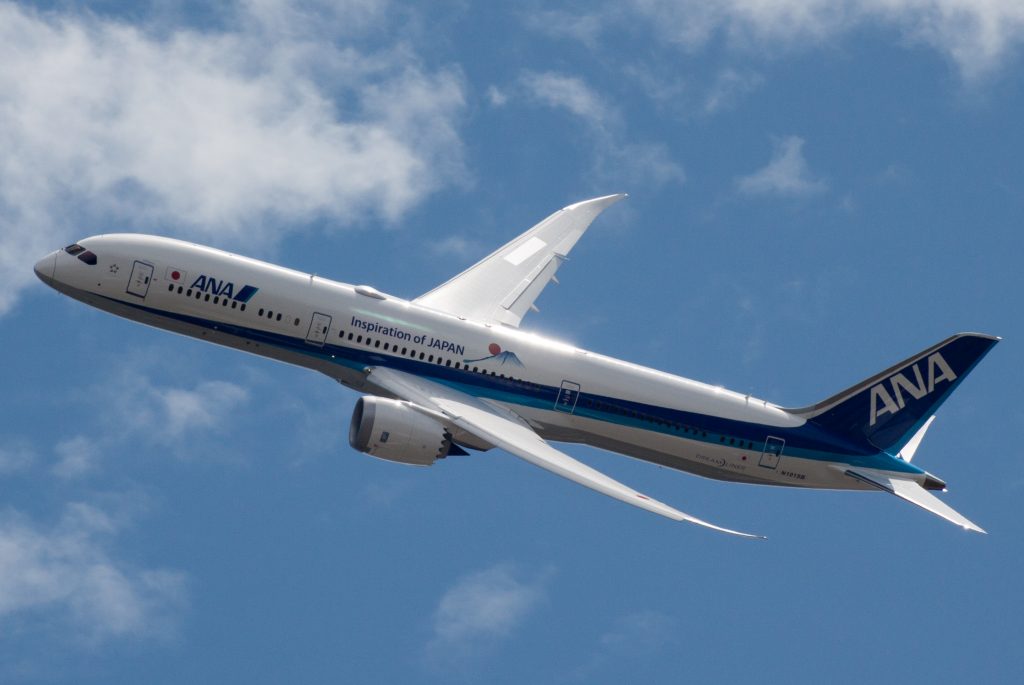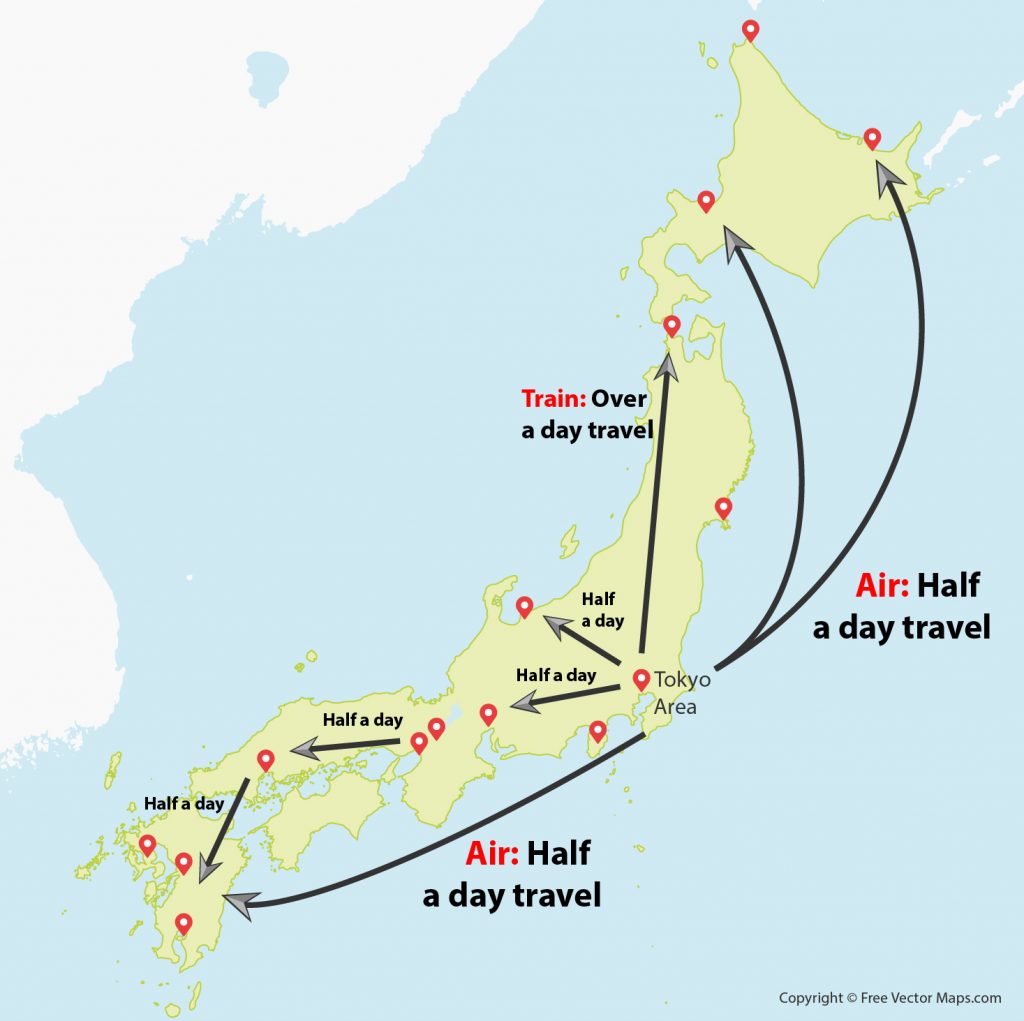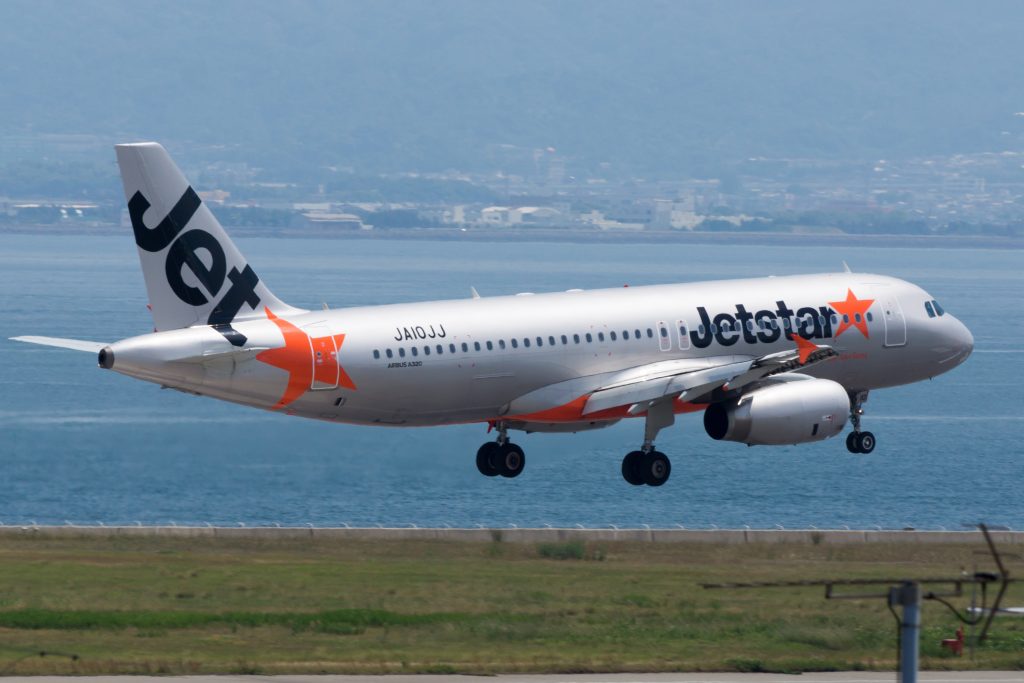
Below is a map of Japan with some of the major locations “When Japan” talks about marked. In this article “When Japan” will give you a realistic idea of how much time it will take, and how difficult it is, to travel between the various interesting places in Japan. “Realistic” means getting to the station or airport, allowing for time to get lost, check-in, actually travel, and then do all that in reverse at the other side. Always assume it takes longer than what Google Maps says it will. Many tourists to Japan hear how great the trains are, buy their bargain JR pass, and then over travel in order to see as much as possible. Japan should be taken in slowly and appreciated. Sitting on a train for half your stay is not the best use of your precious time.

Golden Rules
Japan is very long but not very wide. While technically split into 4 main islands, practically speaking the country is one long boomerang connected by a contiguous road and rail network. You don’t need to hop on a ferry to travel anywhere.
Traveling between islands is not difficult, but there are more optimal routes depending on your available time and what you want to see along the way. The northern and south islands of Kyushu and Hokkaido have a single entry point by road and rail and are a good day’s travel away from Tokyo. The rural Shikoku has 4 roads onto the island but only one train line, spitting off from Okayama, which is a station on the main line Shinkansen from Tokyo to Hiroshima. Travel between Tokyo and these islands is often by low cost airlines as the costs end up around the same but the trip is a lot less tiring and time-consuming, especially to Hokkaido. The only reason to use the Shinkansen would be to allow for stop-overs as part of the experience. The golden rule is to factor in your time as you would your budget.
While traveling the length of Japan may be slow, it is straight-forward. Transport links along the width are not as convenient and can mean a number of transfers on local trains. You should expect long and complicated journeys while venturing towards the Japan Sea coast.
Shinkansen (Bullet Train)
-1024x683.jpg)
The Shinkansen network is extensive and if you buy a JR pass, free to you for a period of time. Look into it on the JR website. Most people will use the JR pass to travel from Tokyo to Kyoto, Osaka and then onto Hiroshima with perhaps stopovers along the way. There is also Shinkansen lines north of Tokyo, and a line along the western coast of Kyushu. See this map for the full picture. Research the JR Pass and the Shikansen network yourself, and then come back to this article for pro-tips.
The Shinkansen network is amazing, frequent, punctual and comfortable. For JR pass holders, also unlimited. However, bear in mind the following: –
- Without a JR pass, the bullet train is very expensive. One-way from Tokyo to Osaka is around ¥14,500, which is almost half the cost of a JR pass for 7 days. If you are planning even one return journey, get a pass.
- Traveling directly to Hiroshima or Hakata from Tokyo will take just under 5 hours by JR pass, or 4 hours if you are paying full fair and can travel on the fastest trains. Taking the best part of a day traveling has to be weighted together with your interest. It may be best to work your way down there in stages, stopping at Osaka for a day or two, then maybe Himeji Castle.
- Going North is only recommended as far as Sendai or Yamagata. Don’t travel to Hokkaido by Shinkansen as it only goes to the southern tip of Hokkaido and then you have to get a regular train to Sapporo City, which takes almost as long again. Here is a search result of routes from Tokyo -> Sapporo, and you can see the train option is 8 hours. Go by plane even if you have a JR pass.
- JR pass holders can’t travel on the “Nozomi” fast trains between Tokyo and Kyoto/Osaka (takes 2h30m in total to Osaka). The next fastest is the “Hikari”, which is only 20 minutes slower. If you take the “Kodama” train it stops at every station and will extend your travel to just over 4 hours (a big waste of time). Plan to take “Hikari” trains – which Google Maps will never give you as an option. They are about every 30 minutes to Kyoto/Osaka so you don’t need to worry about picking a specific train. “Nozomi” are about every 10 minutes.
- With a JR pass, you can only sit in the “non-reserved” carriages, which are usually limited to 5 carriages out of 16 on the “Hikari” trains. It you board at Tokyo Station, you will always get a seat. If you board at Shinagawa or Yokohama (few minutes from Tokyo station), depending on the time of day, you may have to stand. So always travel from Tokyo station, especially Friday evening when all the business men are traveling home from Tokyo for the weekend. Use this link to get a search query for just JR Pass valid Shinkansen from Tokyo to Osaka.
- There is no talking on the phone in the carriages. If you want to chat on the phone, go into the sections between carriages.
- There is a “first class” section called the “Green Car”, which you can get a JR Pass for. The Green Car is less crowded, which is the main advantage. There is also more luggage room above your head and generally things are calmer and more relaxing. You also don’t get “three seats in a row” like you do in the ordinary carriages. Green cars are pairs of seats only.
- Speaking of seats, there is a convention as to where people sit in the rows of five seats (names A to E) on most standard class carriages.
- The order goes E -> A -> C / D -> B (see diagram below). The reason is obvious after looking at seat B. What this means is that if you are a group of 3, finding 3 seats in a row is quite difficult as everyone starts with E and A first, leaving few ABCs free together. If you are in a group of 3 or more, you may need to split up unless you get on the train at the first stop.

- Some trains from Osaka going in either direction (towards Tokyo, or towards Hiroshima/Hataka) start at Osaka. This means it will be easier to get a seat. Trains passing through may already have all the non-reserved seats taken at busy times. Look out for “Hikari” trains “Originating at this station” on the boards.

- Buy an “Eki-Ben” (station lunchbox) from the food areas after passing into the Shinkansen only area of the station. Tokyo station is a bit of a nightmare to navigate especially with the number of people, but the “Eki-Ben” is worth trying and is reasonably priced. You can get a drink from the vending machines or kiosks on the platform. Other smaller stations may not have “Eki-Ben”, but the major city stations will have a large selection of bento boxes. It is also perfectly normal to buy a can of beer for the journey. All the business men do it on the way home.
Airplane travel in Japan
Most tourists will travel by Shinkansen due to the massive discount you get from the JR Pass, however the locals will often travel by air due to the cheap discount fares offered at off-peak times. While the Shinkansen is a fixed price regardless of the season, the airlines adjust their prices during the year, so you can get one-way flights for as low as ¥5000 yen to anywhere in Japan if you are traveling off-peak and book early. The low-cost airlines only operate on the most popular routes however ANA/JAL offer a large number of destinations throughout Japan with frequent flights, but tend to get expensive unless you book super early.

- When traveling to anywhere in Kyushu, go by air. Unless you are in Hakata, getting to Kyushu will be a pain and there are regular flights to a number of locations direct from Tokyo and Osaka. It is much cheaper and quicker. Even if you have a JR pass, it might be worth paying to save time.
- Going to Hokkaido? Travel by air. The train is a waste of time unless you are trying to save money.
- Traveling by air is great, but you have to get to the airport and check-in, which will add around 2 hours. This is why traveling by air to Osaka from Tokyo isn’t much of a time-saver compared to the Shinkansen. But it can be cheaper if you don’t have a JR Pass.
- Jetstar only operates from Narita Airport, which is a good 1h30m from Tokyo by bus or train. There are other low cost airlines, and some fly from Haneda (such as Solaseed). Factor into the costs traveling to the airport if you don’t have a JR Pass. Also be aware of the hidden costs (luggage being the main one). ANA also code share with Solaseed so if you are paying ANA prices, make sure you get an ANA flight. Otherwise you might as well book direct with Solaseed.
- The low cost airlines are very stingy with the baggage allowance, so check before you fly. Jetstar will charge at least an extra ¥1,200 for checked in baggage. They also are very strict about names so make sure you type your name exactly as is on your ID (usually passport). Don’t forget your middle name(s) if you have one.
- ANA and JAL will treat you like a regular air traveler and there are no hidden charges, but they cost more (often twice the price). One of the reasons is they go more places and have more flights during the day, including ones late evening (half empty flights are fairly common).
- Osaka has two airports for domestic travel, so make sure you know which one you are using. “When Japan” recommends going as far as Nanba when staying in Osaka, so use the International Airport. The domestic airport is also a possibility. There are buses also.
- Once you get into the more rural areas of Japan, travel from the airports will be less convenient. There may not even be trains. Check what transport is available to where you need to go.
Road travel in Japan
Traveling on the express ways is simple with a hire car however you will have to purchase an ETC card to use the express ways. The cards allow for smooth entry and exit, with the fee deducted automatically. You can purchase these as options when hiring a car. Paying by cash is possible however there is no real excuse not to have an ETC card. All cars in Japan support them. Cash tolls are also way more expensive.
The major problem with express ways are traffic jams during peak hours. There is the so called “U-Turn Rush“, where on the last day of a holiday everyone returns back home causing massive jams. Avoiding these is fairly easy as they happen on scheduled days each year (look for consecutive days holiday and avoid the last one, including Sundays).
The other problem will be the cost. A one way trip from Tokyo to Kumamoto will cost ¥17,000 for a car, regardless of the number of people. Compared to the same trip by air or train. This is cheap but still needs to be factored in, depending on the number of people travelling.